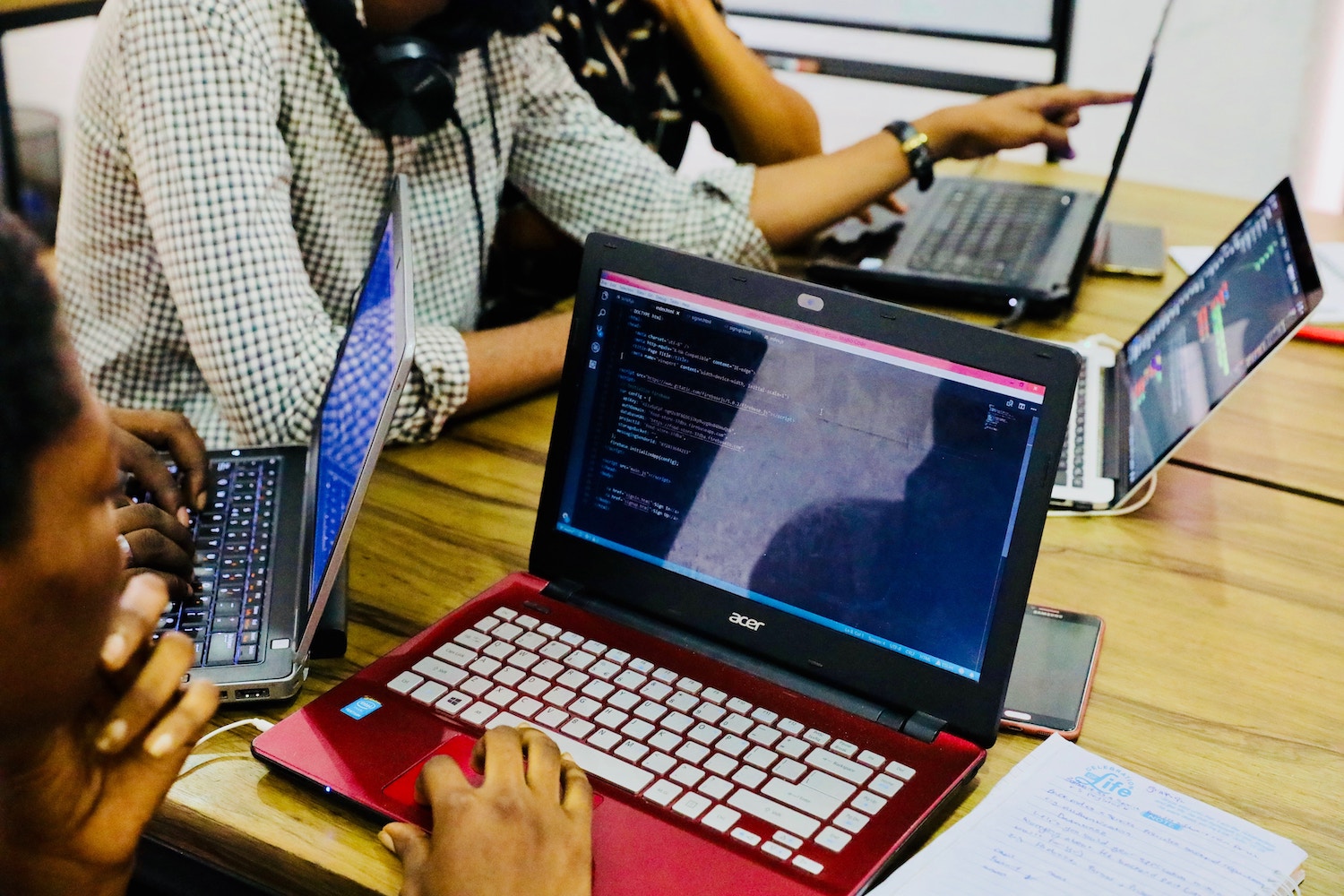by Walter Abrigo, Managing Director of Santex

The uncertainties of today’s world
When we look at the news from our own countries and the rest of the world, we can say without a doubt that “stability” no longer exists. We are living in a volatile, uncertain, complex, and ambiguous world. The only certainty we have is that there are no certainties.
While we’re on the topic of things being uncertain, let’s think about the Panama Papers. How many high-level people were completely unauthorized? Or, for example, who would have thought that Iran would have a predominant role in the problem of Syrian refugees when it was once the world’s number one enemy and nobody sat down to talk to that country? Nor did they talk about the presence of a Latin American pope, among other contemporary events.
The skills of the workforce in the upcoming years
From the point of view of hard skills, by 2030, 600 million new jobs will have been created in the world. These jobs will have been established as a result of the Technology Revolution, which is characterized by the use of megadata (IoT), 3D printers, and robots being used in the manufacturing process.
In terms of soft skills, by 2020, in Latin America, 50% of the workforce will be millennials (those born between 1984 and 1991) and their values will now be the values of the world, including:
-
- Significant and transcendent lives
-
- Happiness not being the result of a specific job
-
- Caring for the environment
-
- Fewer sexual taboos
-
- Extreme transparency
- Wanting instant feedback
The skills of companies in the next years
Given that there is so much uncertainty and that the world is changing at a rapid speed, there are three critical characteristics that we need to develop in order to survive in the world of work in the upcoming years:
-
- Adaptability: Facing a changing world, adjusting and accommodating (subsistence)
-
- Agility: Being flexible and elastic in order to redesign processes to meet changing requirements without losing order
- Alignment: Being attentive to permanently meet the needs of all stakeholders, while simultaneously considering the long-term
Given these characteristics, it will be of overriding importance that organizations:
-
- Incorporate technology and permanently redesign their processes
-
- Promote collaborative work and networking (both externally and internally within the organization)
- Encourage self-supervision with a goal-oriented culture
The characteristics of the employees, managers, and organizations of the future
These new features mean that traditional practices will lose their validity. If employees, managers, and organizations intend to surf these new waves, collaborative technologies will need to be the central nervous system of the future of work regardless of the role we play. Here are some characteristics to keep in mind:
Employee:
-
- Flexible work environment
-
- Customized work
-
- Shared information
-
- Open to becoming a leader
-
- Leverages new ways to communicate and collaborate
-
- Changes from being knowledgeable to wanting to learn new skills
- Learns and teaches at will
Manager:
-
- Needs to be a leader
-
- Supports from front and center
-
- Understands technology
-
- Leads by example
-
- Embraces vulnerability
-
- Believes in sharing and collective intelligence
-
- Is a fire starter
-
- Recognition in real time in terms of feedback and commitment
-
- Aware of personal limits
- Adapts to the employee of the future
Organization:
-
- Has small teams of employees distributed globally
-
- Intrapreneurship
-
- Connected workforce
-
- Always operates as a small company
-
- Focuses on what you want, not what you need
-
- Adapts quickly to change
-
- Creative ecosystems
-
- Runs in the cloud
-
- Women have senior management roles
-
- More horizontal and with decentralized decision-making
-
- Telling stories
-
- Democratization of learning and teaching
- Moving from profit to prosperity
What we are doing at Santex to adapt and align ourselves

Stepping in line with the above, governance at Santex responds to a holacratic system and management is Agile.
Holacracy is a self-management practice for running purpose-driven, responsive companies.
Specifically, these are the actions we develop to try to be adaptable, agile, and aligned.
-
- Creation of Agile Management Teams that intervene in the three core processes of the company
-
- Implementation of an aggressive Incentive Policy that distributes up to 30% of profits among employees
-
- Creation of a Cultural Advisory Board composed of collaborators whose objective is to help promote the values of the company: Participation, Courage, Passion, and Trust.
- Creation of a Technical Advisory Board composed of collaborators whose objective is to outline the company’s technological future.
Learn the Challenges of Developing Software in a New Era with our Best Practices for Software Outsourcing eBook. Download now
Sources
-
- Melamed, Alejandro, El futuro del trabajo y el trabajo del futuro, Buenos Aires: Planeta, 2017.
-
- Scott, Andrew and Gratton, Lynda, The 100 Years-Life. Living and Working in an Age of Longevity, London: Bloomsbury Publishing, Jun. 2016.
-
- Morgan ,Jacob, The future of work. Attract talent, build better leaders and create a competitive organization, Nueva Jersey: Wiley, 2014.





